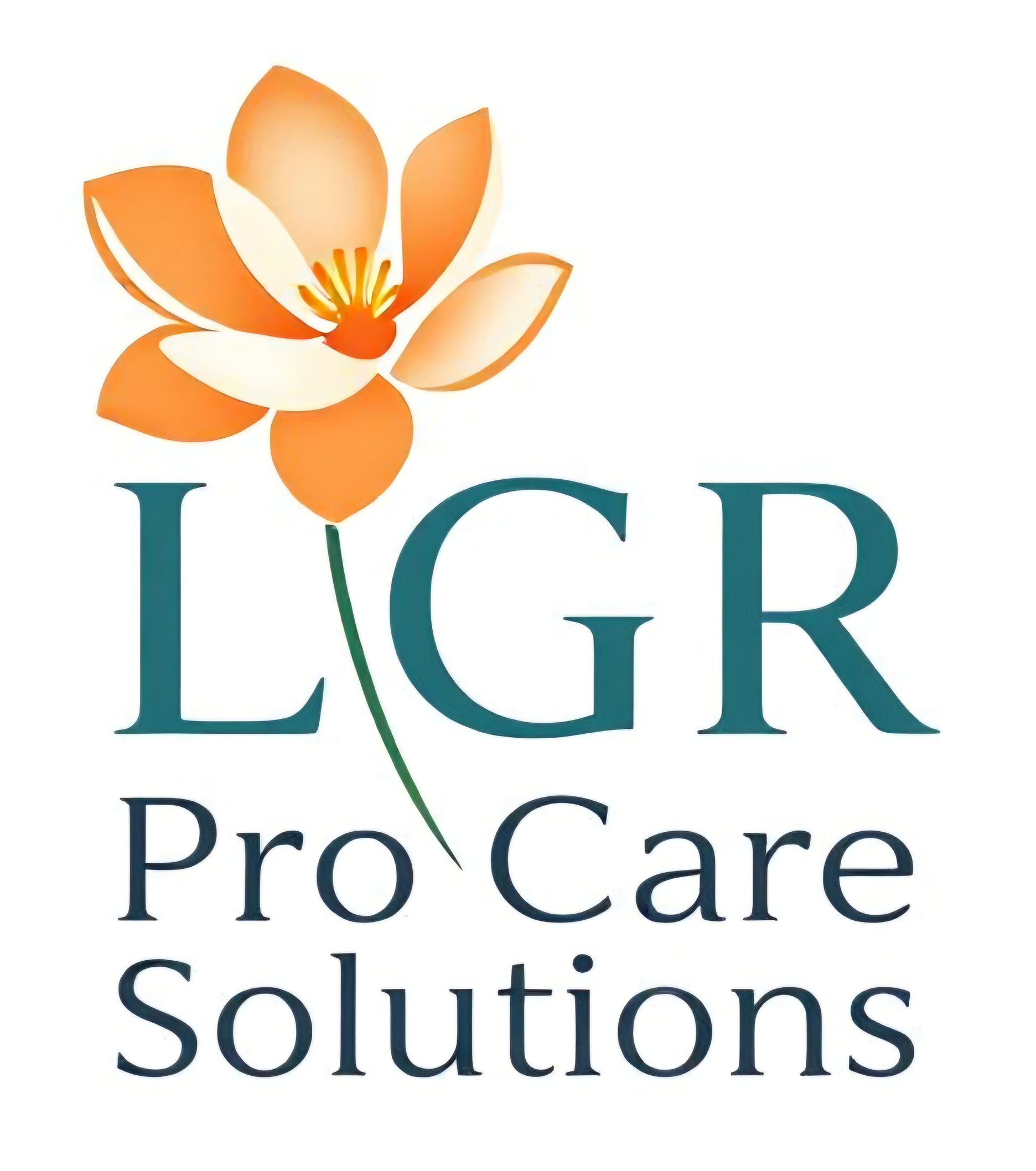Image designed by Freepik!
If you are a carer, whether doing live-in or domicilliary care, whether within a Care Agency, Care Home, or a self-employed private environment; whether registered with the CQC or not, you must always be compliant!
A care support plan and risk assessment are done to ensure the individual's safety, well-being, and quality of life by creating a personalised, adaptive plan that outlines their needs and identifies potential hazards.
These documents are vital for communication, accountability, and legal compliance, ensuring consistency and effectiveness in care provision.

They are Living Documents! Both the care plans and risk assessments are not static; they are "live documents" that must be regularly reviewed and updated to remain relevant and effective.
Why a Care Support Plan?
It provides a detailed, personalized outline of care tailored to the client's specific needs, preferences, and goals, improving their quality of life.
Care regulations require that every client receives a care and support plan following a needs assessment.
It ensures all relevant people, including care staff and family, are informed about the individual's needs and the agreed-upon care.
It helps maintain consistent and continuous care by providing a clear record of actions and services to be provided.
It serves as a tool to monitor services, ensuring they remain effective and relevant over time as the individual's needs or preferences change.
It demonstrates that the care services provided meet legal and contractual obligations.
Why a Risk Assessment?
The primary goal is to ensure the personal safety and well-being of the person receiving care, and the safety of care workers.
It identifies potential hazards and risks in various aspects of care, such as medication, mobility, and daily routines.
It helps find a balance between risk and an individual's independence, allowing them to live fulfilling lives while managing potential dangers.
By identifying risks early, care providers can develop proactive strategies, such as using specific equipment or adjusting the care plan.
It ensures vulnerable individuals are protected from abuse and harm, aligning with adult safeguarding policies and procedures.

Leave a Comment
I hope you enjoyed this post. If you would like to, please leave a comment below.